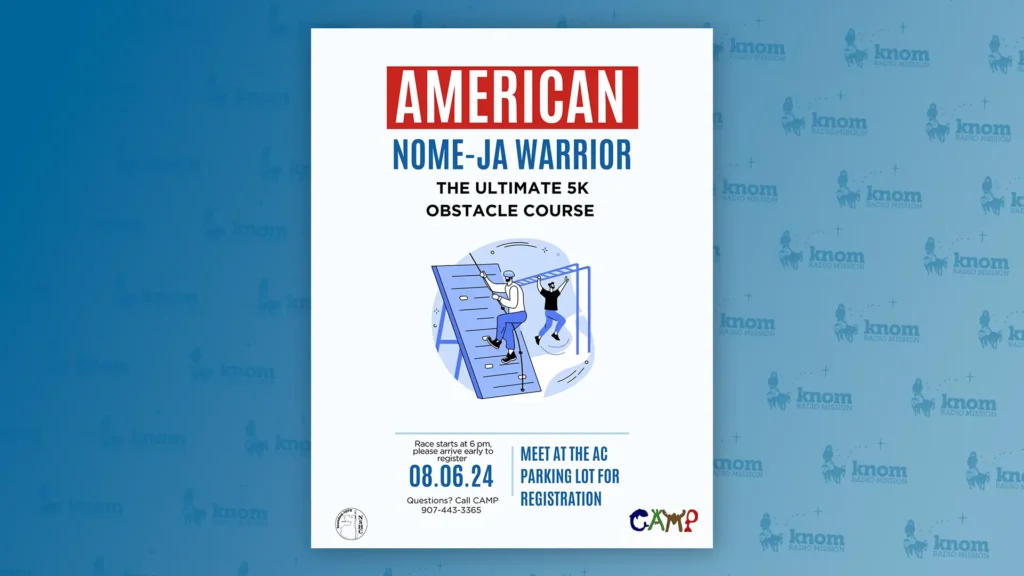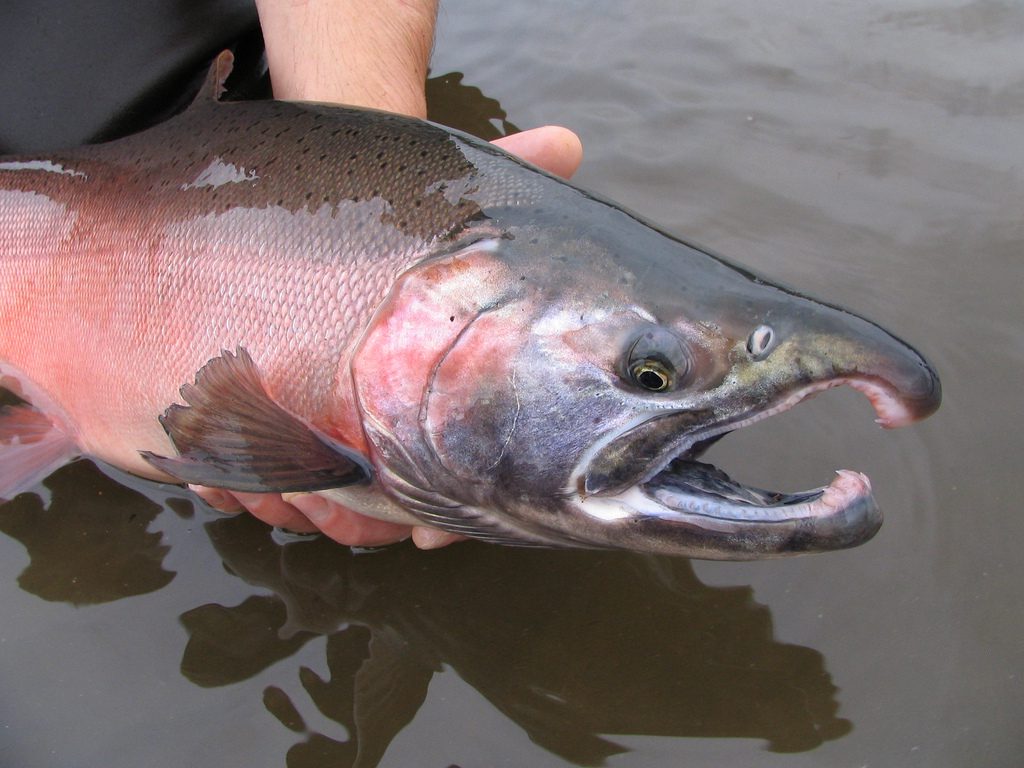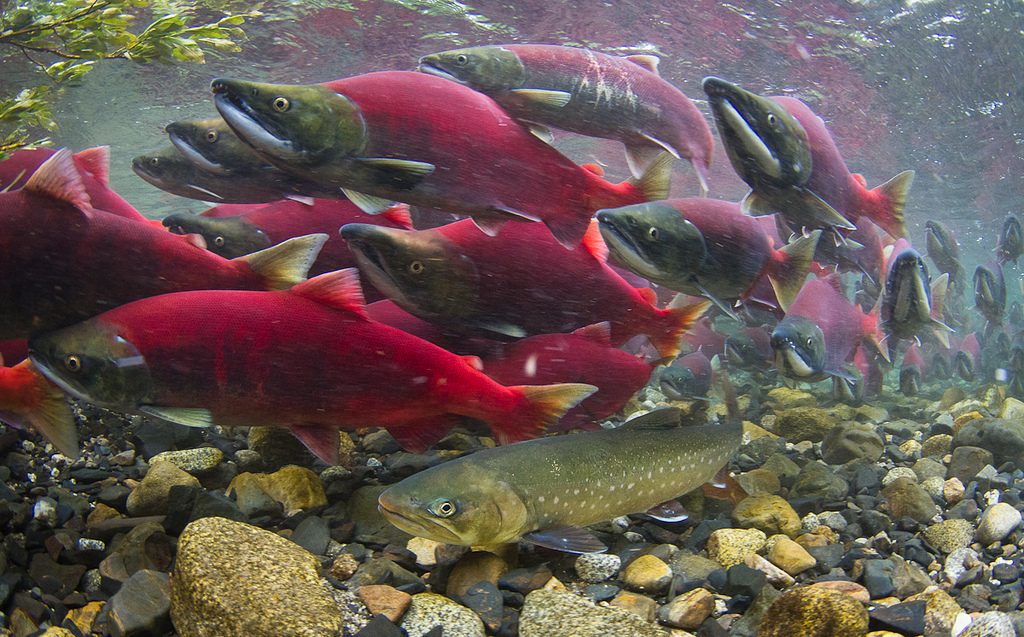The Board of Fisheries meeting wrapped up in Fairbanks last week, making changes to the Yukon, Kuskokwim, and Arctic fisheries. With more than 35 proposals for the Yukon and Kuskokwim, there were some that failed and others that passed by a tight margin of four to three.
In contrast to the hours of deliberation needed for the long list of proposals, the Arctic region, which includes Port Clarence and the Norton Sound, had just six, all of which passed unanimously and in under one hour.
The proposal that took the longest to pass was put forth by the Department of Fish and Game. Jim Menard is the Arctic Area Manager and presented it to the Board.
“This proposal would provide the department flexibility to allow subsistence beach seine gear harvest to harvest abundant salmon species while protecting less-abundant specific salmon species by requiring the release of that salmon species for conservation purposes,” Menard explained.
In other words, Fish and Game is trying to increase subsistence opportunities by allowing the use of beach seines even in times of conservation. The assumption is that species that need conserving, such as kings, could simply be live-released if they hit the net.
Board member Fritz Johnson had his doubts.
“If you could use a 6-inch gillnet, for instance, as your beach seine, it would seem that you wouldn’t be able to release a salmon with the expectation that it would survive,” Johnson said. “Should there be something attached to this that defines a beach seine in this area?”
There are some restrictions in place for the length of a beach seine, but there aren’t any for the mesh size in Norton Sound’s Subdistrict 1. But, as Menard described to the board, the region being discussed has mostly small streams that require mostly small nets.
While that did suppress some doubts, the board’s Chairman Tom Kluberton still wanted the net size to be clearly defined.
“The only comfort level I can find with this is that if these are small, clear streams, they probably know what they’re chasing with that net,” he said, adding, “one could only hope that they’re chasing target species and not non-target species, but my comfort level would go way up if we had a definition.”
In an effort to define the net’s size, there was a motion to adopt the same definition used for the Yukon River.
But, after further deliberation, nearly everyone was convinced that requiring subsistence users to fish with a specific net size would add additional and unnecessary costs, when most already fish with an appropriate sized net.
The amendment failed 6-1, and shortly thereafter, the proposal passed unanimously.
The board then ran through the Arctic’s five other proposals, pertaining to the fishery’s southern boundary, the use of cast nets, the timing of subsistence fishing periods, commercial beach seining, and gillnet sizes. Those five other proposals presented to the board also passed unanimously.







